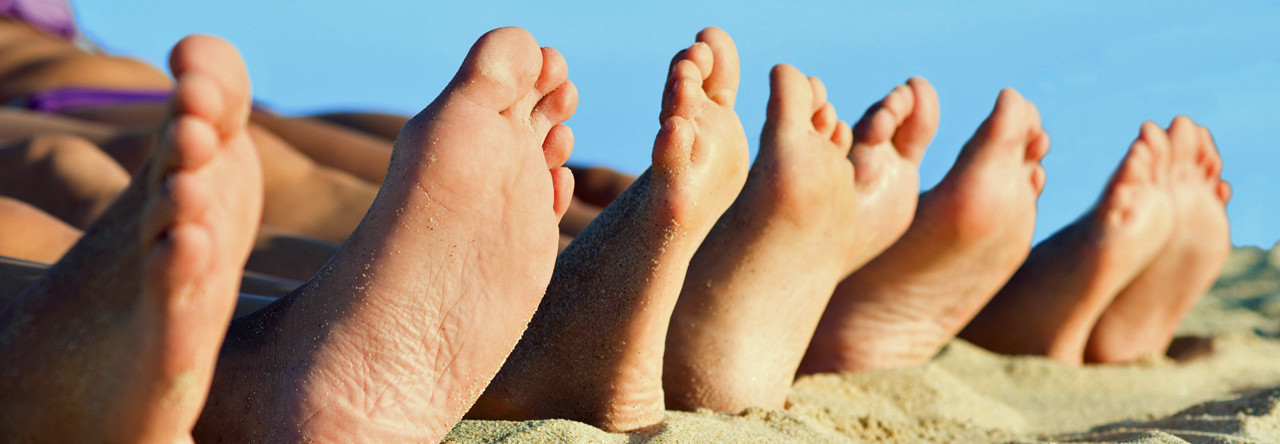Over time, your feet become wider and longer and the natural padding under your heel and forefoot thins. Years of standing and walking flatten your arches and stiffen your feet and ankles.
If you wear high heels — shoes with a heel 2 inches or higher — your feet slide forward in your shoe, redistributing your weight, creating unnatural pressure points and throwing your body’s natural alignment out of whack. Over a number of years this can cause serious problems with the hips and back.
As with all anti-aging advice, keeping your body fit always comes first. Standing on one foot for as long as possible and then switching to the other foot and repeating is a best single exercise which improves motor coordination and can be done at any time and without any special equipment. This exercise works the muscles and tendons in the foot and keeps them working longer.
Category: Aging
The answer seems to be yes. It is believed that weight gain and an aging population are factors.
On the news any given day, we hear that people are generally larger today than in years past. With the focus on nutrition and health starting at a younger age, children are taller and larger today than they were at the same age years ago. Naturally this leads to wider, larger feet.
Can being overweight make your feet wider? Doctors agree that the more pressure your feet must accommodate, the more your feet will splay or stretch out. Over time, your feet stay in this larger position.
Additionally, aging plays a role in the width of your feet. As your ligaments and tissue begin to weaken, your feet become wider.
Thickening of the toenails is fairly common. Physical damage to your toenail, fungal infection and Psoriasis may be the root cause. Old people also often have thickened, hard toenails, probably because of the damage they have sustained over the years, and because their nails grow more slowly, it takes longer to repair the damage.
For treatment to be successful, above all you must be patient. You will have to use the treatment for at least 3 months, and some treatments take even longer to work. Your nails grow from the base to the tip and it can take 18 months for a nail to be replaced completely by a new one.
General care of your feet can help avoid thickening nails.
Give your feet plenty of air, because warmth and sweat encourage the fungal growth. When you are at home, go barefoot whenever possible.
Choose shoes that give your toes plenty of room.
It is tempting to use nail polish to disguise the nail, but nails need to breathe so use it for short periods only, removing it as soon as possible.
Treat athlete’s foot promptly. If you develop athlete’s foot, treat it quickly so it does not spread to the nails.
Thickening of the toenails is fairly common. Physical damage to your toenail, fungal infection and Psoriasis may be the root cause. Old people also often have thickened, hard toenails, probably because of the damage they have sustained over the years, and because their nails grow more slowly, it takes longer to repair the damage.
For treatment to be successful, above all you must be patient. You will have to use the treatment for at least 3 months, and some treatments take even longer to work. Your nails grow from the base to the tip and it can take 18 months for a nail to be replaced completely by a new one.
